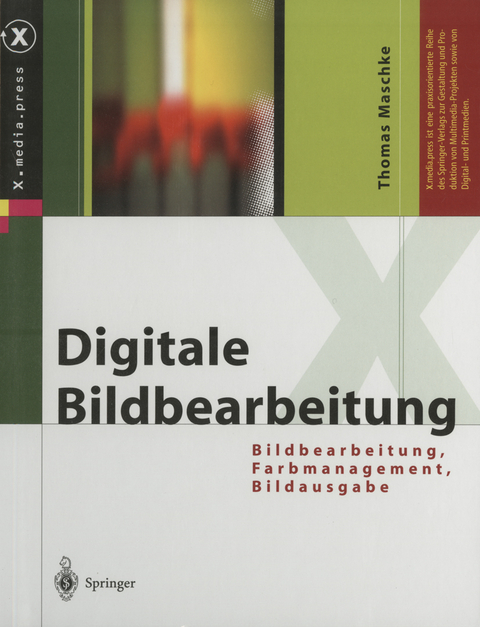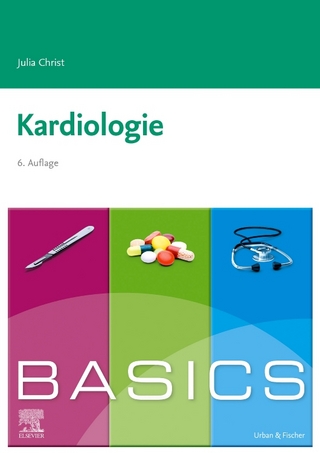
Ultrasound in Coronary Artery Disease
Springer (Verlag)
978-94-010-6762-1 (ISBN)
ONE: Evaluation of wall motion abnormalities and stress echocardiography.- 1.Quantitative analysis of wall motion abnormalities.- 2. Assessment of wall motion by two-dimensional echocardiography: Should it be qualitative?.- 3. Real-time, three-dimensional echocardiography: Feasibility and its potential use in evaluation of coronary artery disease.- 4. Exercise 2D-echocardiography: How reliable is it as a routine tool for the assessment of coronary artery disease?.- 5. Echocardiography during transesophageal atrial pacing.- 6. Detection and assessment of the severity of coronary artery disease by dipyridamole echocardiography test.- 7. The use of color-Doppler ultrasound in exercise testing.- 8. Identification of intraoperative myocardial ischemia by transesophageal echocardiography.- 9. Silent myocardial ischemia: Clinical implications, detection and management.- 10. Digital cine loop technology: A new tool for the evaluation of wall motion abnormalities.- TWO: Evaluation of myocardial infarction.- 11. Two-dimensional echocardiography in the early management of acute myocardial infarction.- 12. Left ventricular shape changes and modelling during acute myocardial infarction.- 13. Two-dimensional echocardiographic quantification of myocardial infarct size.- 14. Detection and evaluation of left ventricular thrombosis in myocardial infarction: Role of echocardiography.- 15. Two-dimensional echocardiography and Doppler findings in right ventricular infarction.- 16. The role of cardiac ultrasound in the diagnosis of the ‘surgical’ complications of acute myocardial infarction.- 17. Prognostic information obtained by 2D-echo-Doppler evaluation in acute myocardial infarction.- 18. Analysis of left ventriucular function in patients with myocardial infarction: Methodologicalproblems and possible solutions.- 19. Stress echocardiography for identifying patients at risk after myocardial infarction.- 20. Two-dimensional echocardiography for the assessment of therapeutic interventions and long-term follow-up of patients with acute myocardial infarction.- 21. Possibilities of ultrasonic tissue identification in the heart.- THREE: Evaluation of coronary anatomy and flow.- 22. Visualization of the coronary arteries by precordial echocardiography.- 23. Evaluation of proximal left coronary artery anatomy and blood flow using digital transesophageal echocardiography.- 24. Intra-arterial ultrasonic imaging.- 25. Intracoronary blood flow velocity, reactive hyperemia and coronary blood flow reserve during and following PTCA.- 26. Long term result of revascularization after angioplasty: Should we randomize?.- FOUR: Myocardial perfusion.- 27. Pathophysiology of the coronary circulation: Role of myocardial contrast echocardiography and relation with other techniques.- 28. Contrast agents for myocardial perfusion studies: Mechanisms, state of the art, and future prospects.- 29. Coronary anatomy and myocardial perfusion: Role of contrast echocardiography.- 30. Physiological heterogeneity of coronary blood flow in space and time by contrast echocardiography.- 31. Myocardial contrast echocardiography for the evaluation of coronary flow reserve: Potential and limitations.
| Reihe/Serie | Developments in Cardiovascular Medicine ; 113 |
|---|---|
| Zusatzinfo | 416 p. |
| Verlagsort | Dordrecht |
| Sprache | englisch |
| Maße | 155 x 235 mm |
| Themenwelt | Sachbuch/Ratgeber ► Natur / Technik ► Garten |
| Medizinische Fachgebiete ► Innere Medizin ► Kardiologie / Angiologie | |
| Medizinische Fachgebiete ► Radiologie / Bildgebende Verfahren ► Sonographie / Echokardiographie | |
| Technik | |
| ISBN-10 | 94-010-6762-7 / 9401067627 |
| ISBN-13 | 978-94-010-6762-1 / 9789401067621 |
| Zustand | Neuware |
| Haben Sie eine Frage zum Produkt? |
aus dem Bereich


